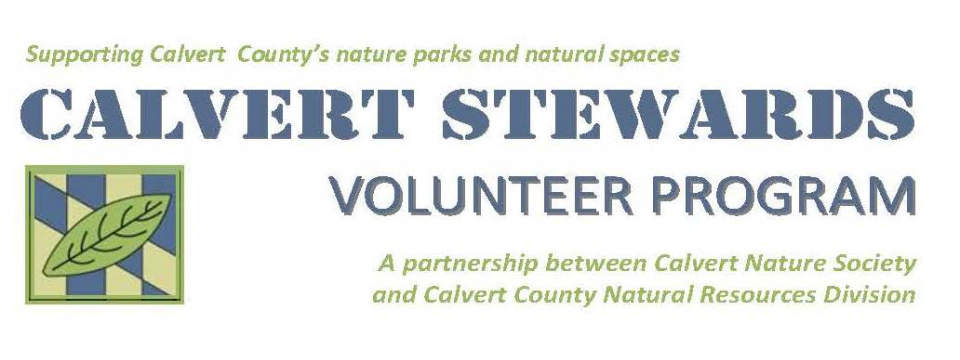Calvert County Parks & Recreation Natural Resources Division and Calvert Nature Society are partnering with the Izaak Walton League to monitor and reduce the impact of road salt on our streams and rivers. Road salt, while essential for winter road safety, can have detrimental effects on water quality, aquatic life, and the environment. Calvert Stewards will play a crucial role in collecting data that helps us understand these impacts.
You will document and report chloride levels in local streams. Your efforts will contribute to a national database that informs community leaders and policymakers about the environmental consequences of road salt.
As a Salt Watch Volunteer, you will contribute to important research efforts aimed at documenting water quality in our local stream. You will gain hands-on experience in water quality monitoring and data collection, engage with a network of like-minded individuals, and raise awareness in your community about the environmental impact of road salt.
Qualifications
Volunteers must first attend a training or field session to learn the knowledge and skills necessary to
effectively monitor and report chloride levels.
Register for the training sessions: https://calvertstewards.galaxydigital.com/need/detail/?need_id=961266
Responsibilities
- Collect water samples from designated locations at least once per month. See Schedule below.
- Use provided test strips to measure chloride levels in the water samples.
- Record and submit your findings directly to Camryn.
- Adhere to safety guidelines when accessing streams while sampling and testing to ensure your well-being and the accuracy of data.
We recommend volunteers wear long sleeves and pants, bright clothing, and shoes or boots that are fine with getting wet and dirty.
Time Commitment
Approximately one hour/month.
Schedule
Volunteers can monitor on their own schedule, with a minimum of once monthly during the first week at their assigned streams.
In Winter (November-March), in addition to the first week sampling, if possible, monitor before a winter storm, to find out the "normal" level of salt in your stream; then after salt has been applied to roads, then after the first warm day or rainstorm following a snow or freeze, and then after the next rain event.
Requirements
- A strong interest in environmental conservation and water quality.
- Ability to commit a few hours each month for water sampling and testing.
- Reliable and punctual in conducting sampling and submitting data.
- Willingness to complete a brief training session on sampling techniques and data submission.
Work Conditions
- Exposure to poison ivy, ticks, mosquitoes, snakes, spiders and other wildlife.
- Parking and walking along shoulders of public roads
- Entering streams and creeks to collect water samples. Banks may be muddy and slippery.
Izaak Walton League Salt Watch Resources
- Online Overview Videos:
- Introduction to Salt Watch
- How to Take a Salt Watch Sample (first 4 minutes of video) Most volunteers will not directly submit data to IWL, but send data sheets to Camryn who will enter the data.
- Online Reference Materials: https://www.iwla.org/water/stream-monitoring/salt-watch/salt-watch-faq


